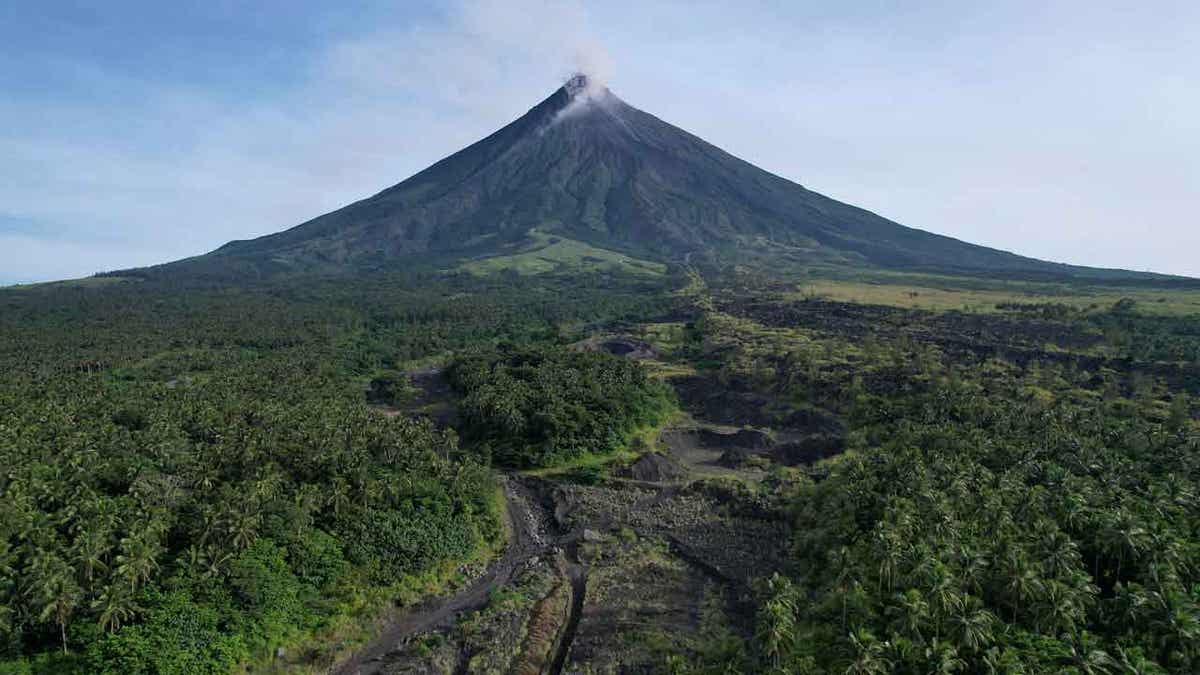The Philippines’ most active volcano, Mount Mayon, continues its gentle eruption, prompting the evacuation of nearly 18,000 people and raising concerns about a protracted crisis. President Ferdinand Marcos Jr. visited the affected region, distributing aid and meeting with local officials to address the ongoing situation.
This eruption marks another natural disaster challenge for the Marcos administration. The Philippines is highly susceptible to such events, experiencing around 20 typhoons and storms annually, in addition to earthquakes and volcanic activity from its 23 active volcanoes. Marcos acknowledged this vulnerability while receiving aid from the United Arab Emirates.
Mayon's alert level was raised on June 8, signaling a potential hazardous eruption within weeks or even days. After exhibiting increased activity, including rockfalls and a noticeable crater glow, the volcano began releasing lava down its southeastern slope. Authorities implemented mandatory evacuations for villagers within the designated danger zone, an area typically restricted but inhabited by farming communities.

The danger zone was expanded as the volcano continued to emit lava. While the eruption is currently gentle, officials caution against complacency, noting that Mayon has historically sustained such eruptions for three months or more without a major explosion. This extended timeframe necessitates ongoing support for displaced villagers in evacuation centers.
The prolonged eruption poses logistical challenges, requiring continued provision of food, water, and other necessities to evacuees. Local officials emphasize the need for national government assistance to manage the costs and resources required for this extended displacement. Finding suitable shelter solutions, particularly with the approaching school year, adds further complexity.
While Mayon appeared calmer recently, lava flow continues. The volcano's picturesque conical shape makes it a popular tourist attraction, but its active status requires careful monitoring. This eruption follows a significant event in 2018 that also led to widespread displacement. A historical eruption in 1814 serves as a stark reminder of the volcano's destructive potential, having buried villages and caused significant loss of life. Authorities are also monitoring other volcanoes in the region for any signs of activity.







